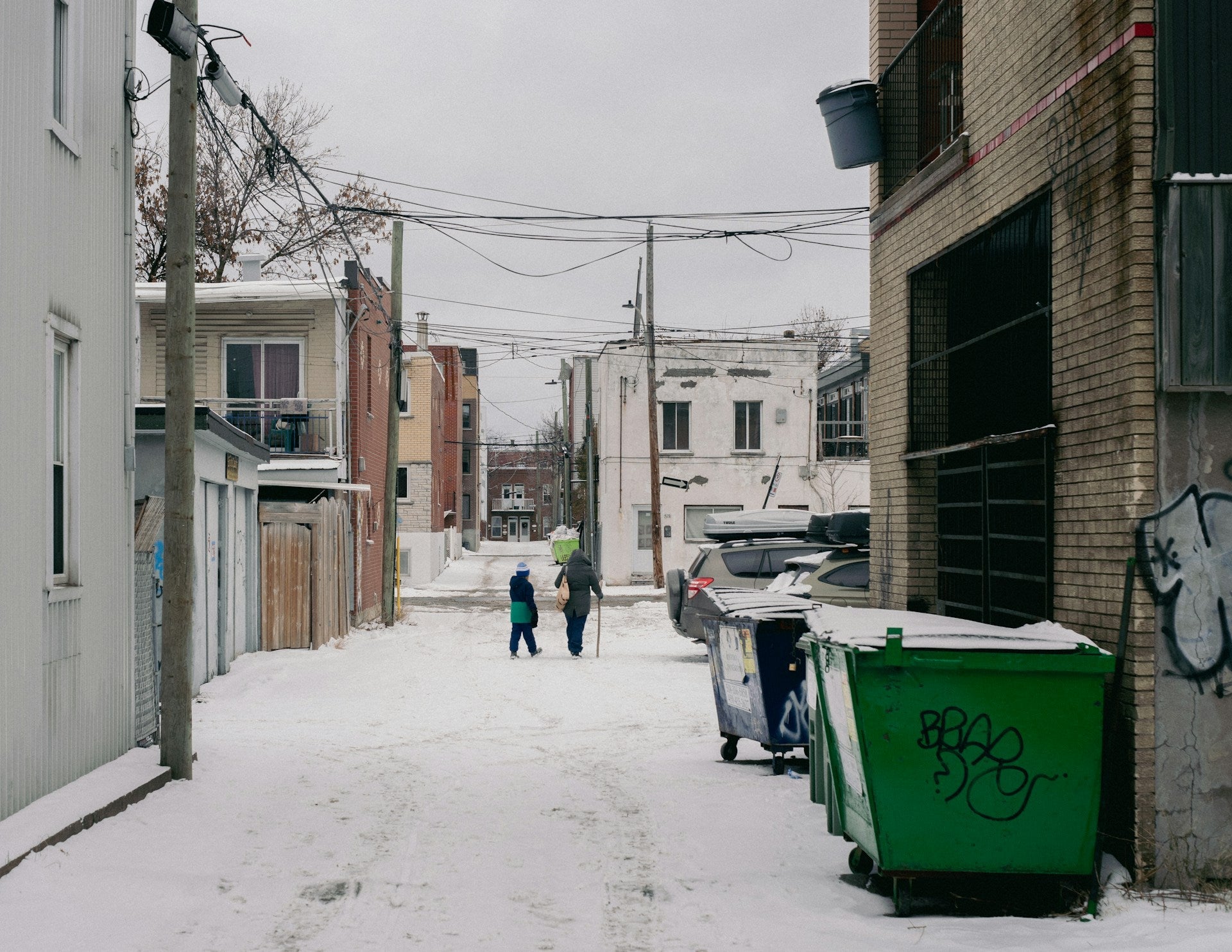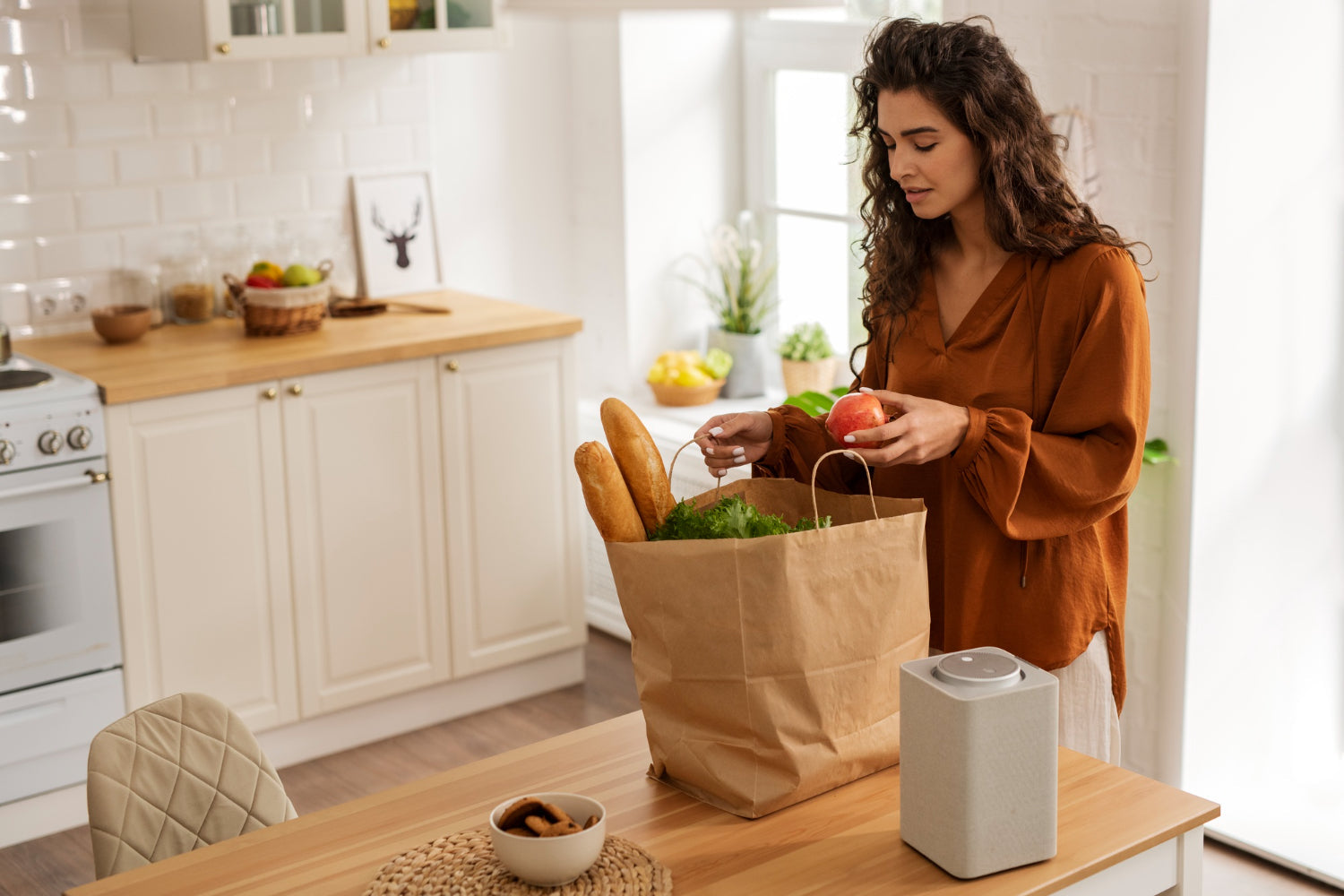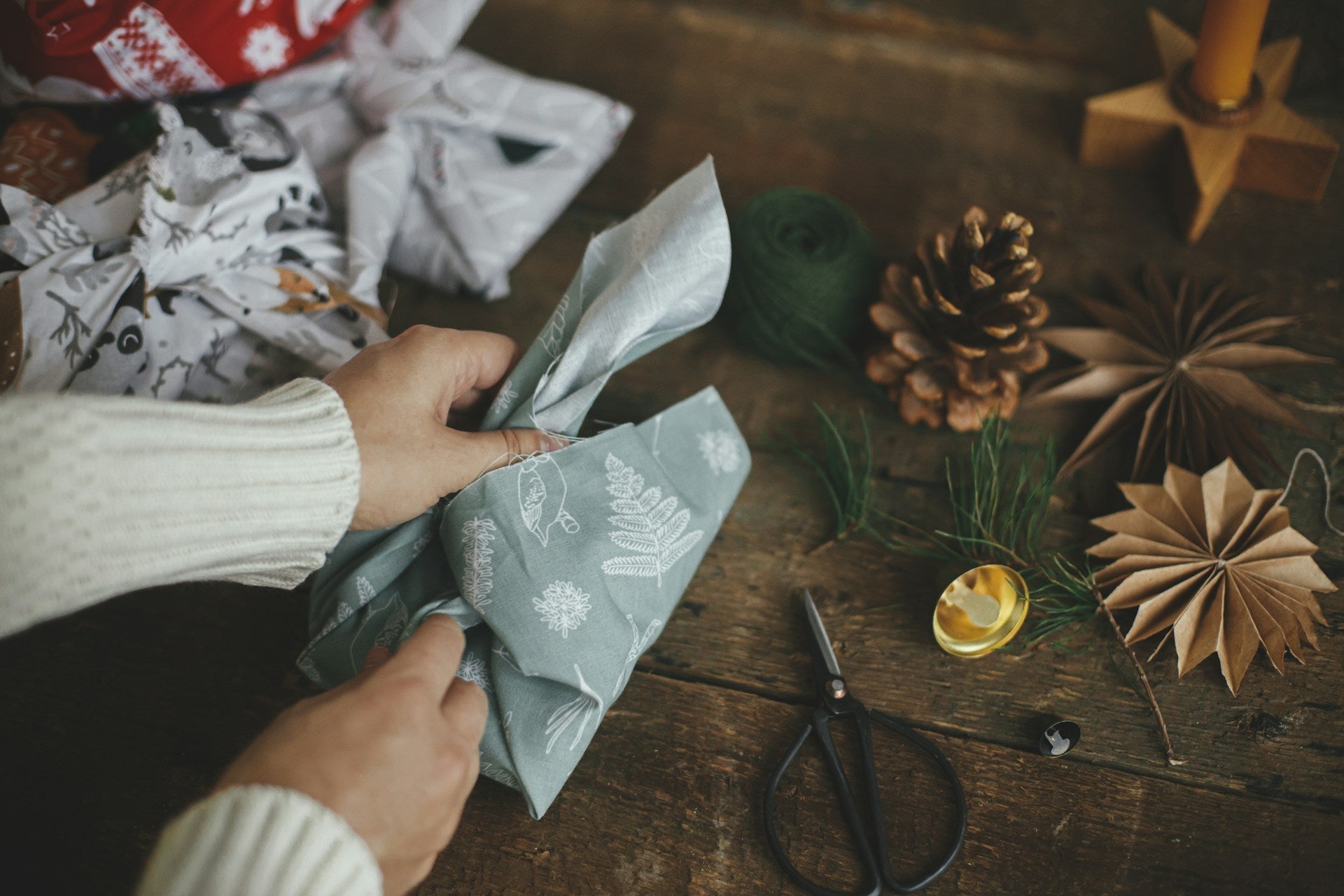Cold weather brings its own set of challenges for just about everything, including how you manage your waste. If you're using compostable trash bags, the drop in temperature can affect how well those bags perform. What works great in the summer may not hold up the same way once the temperature dips below freezing. Compostable materials are often more sensitive to changes in the environment, and winter tends to push them to their limits.
If you rely on 13-gallon compostable trash bags for your kitchen or home waste, it's worth knowing what steps keep them in better shape during the colder months. A little planning can go a long way in making sure your bags don't tear, degrade too fast, or freeze to whatever surface they touch. By understanding how cold conditions impact these materials and adjusting your storage and usage, you can keep your eco-friendly habits going strong through the winter.
Understanding the Challenges of Cold Weather
Compostable bags are made from plant-based materials, which means they behave differently from traditional plastic. When the temperature drops, those materials can stiffen, lose flexibility, and become more prone to cracking or tearing. Even just carrying out the trash can become risky if the bag has frozen to the bin or weakened overnight.
Another issue that comes up is moisture. If bags are exposed to condensation or soak up liquids inside the bin, they can start breaking down quicker than you'd expect. When this happens in freezing temperatures, you might get stuck with a soggy or torn bag that falls apart on the way to the curb.
These materials also don't enjoy sudden temperature swings. For instance, if you store your trash bags in a cold garage then bring one straight into a warm kitchen, that quick change can mess with the bag's structure. It might feel fine at first, but a quick tug can lead to a split or hole that wasn’t there before.
Proper Storage Techniques
To get better performance from your compostable bags during the cold season, it’s worth being more strategic about how and where you store them. Here are some simple tips:
1. Keep them indoors. Instead of leaving your 13-gallon compostable trash bags in the garage or shed, store them inside where temperatures stay more steady.
2. Use air-tight containers. Exposure to moisture speeds up decomposition. Storing the bags in tightly sealed bins helps keep out humidity and prevents early breakdown.
3. Avoid direct contact with cold floors or walls. Place your storage bin on a shelf or inside a cabinet so the bags don’t absorb cold from surfaces around them.
4. Don’t overload bags ahead of time. Filling compostable bags then letting them sit in cold areas increases the risk they'll degrade before you even take them out.
5. Rotate older stock first. If you've had a pack sitting for a while, use it up before breaking into fresh ones. Age plus cold equals higher odds of failure.
By keeping the bags in a more controlled environment, they stay stronger for longer even during stretches of heavy snow or freezing rain. And they’ll be much easier to work with when it’s time to toss out food scraps or leftovers after dinner.
Effective Usage Tips
Once you're storing your bags right, the next step is knowing how to use them without frustration when it's cold outside. Compostable bags don't behave the same way as plastic, so the tricks you’re used to might not work as well in the winter.
If you're using 13-gallon compostable trash bags, try to avoid overfilling them. Cold weather makes them more likely to tear, especially at the seams. Give yourself a little wiggle room at the top so closing and carrying the bag doesn't put too much stress on it.
When adding waste to the bag, especially things like coffee grounds, peelings, or wet leftovers, layer dry materials like shredded paper or used napkins in between. This helps soak up extra moisture and reduces the chance of the bag breaking down too fast. Moisture and freezing temps are a bad mix with compostable materials.
Empty bins more often during the winter, even if they're not totally full. Leaving bags full for too long in cold climates can cause them to freeze to the inside of the can or start degrading right inside the bin. If your bin's outside and there's been a snowstorm or extreme cold, gently push the bag away from the sides before removing it to avoid tearing.
And remember, not all compostable bags are meant to sit outside for pickup overnight. If that’s part of your routine, or if your area does early morning waste collection, keep your bag indoors until the last minute to avoid freezing damage.
Choosing the Right Compostable Bags for Winter
Not all compostable trash bags hold up the same way under pressure from winter weather. Some are thin and break easily, while others are a bit more durable and have better sealing that helps keep moisture in check. Picking the right bags can make all the difference when temperatures drop and kitchen humidity changes.
When cold weather’s in full swing, look for bags that come with:
1. High-quality seams that hold strong without stretching or ripping
2. A thickness that can handle both weight and moisture without falling apart
3. A fit that suits your bin snugly without being too tight (especially important as rigid bags can crack at the corners when they’re stretched)
Thinner bags are tempting since they often feel easier to handle or cost less, but they may not get you through the winter without leaking or splitting. If you’ve had a bag snap when pulling it out of a cold bin, you know how messy that can get.
One quick example: someone who keeps their indoor bin close to the kitchen radiator noticed their bags kept getting weak and pulpy. Turns out the mix of heat on one side and cold air sneaking in from a nearby door created just the kind of environment compostable bags dislike. Swapping to a different thickness and moving the bin away from temperature swings fixed the issue quickly.
Small upgrades in the type of bag you use go a long way, especially when dealing with heavier winter waste like leftover stew, bones, or orange peels.
Keeping Things Clean and Green Through the Cold
Cold months often bring in more cooking, more food scraps, and plenty of packaging waste. Indoor air stays trapped longer, and trash builds up faster if snow or ice blocks your usual outdoor dump spots. That’s when a reliable system for handling compostable waste helps keep your kitchen clean and your habits sustainable.
Make your workflow clear and easy. Keep compostable bags within reach of your prep space and label small bins clearly so other people in your home don’t mix up recycling or landfill waste by accident. Choose liners that fit the bin just right so they don’t slump down or bunch up.
Consider adding a small dry bin for paper towels, sandwich wrappers, and cardboard that can be composted or recycled. This keeps wet kitchen waste separate and helps reduce the stress on your trash bags. Winter weather already makes compostable bags work harder. Less moisture inside them means less risk of failure.
Keeping the space around your bins clean makes things smoother too. Wipe down any spills quickly, especially if food waste drips over the edge. Even if your bag does tear a little toward the end of its use, it won’t turn into a bigger mess if the container stays dry.
As temperatures continue to stay low, your waste setup might need a few changes to stay manageable. A little attention goes a long way. Finding the right mix of bag quality, storage habits, and usage routines helps you avoid messes, keep the air fresh, and stick with compostable options through the cold season with less stress.
Plastno makes winter waste management simpler with products that are built to last. Our 13-gallon compostable trash bags are designed to stay tough in cold conditions, helping you keep your home clean and your routine sustainable all season long.






Share:
Child-Safe Green Cleaning Products That Actually Work
Solving Winter Storage Issues with Large Bio Bags